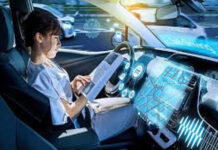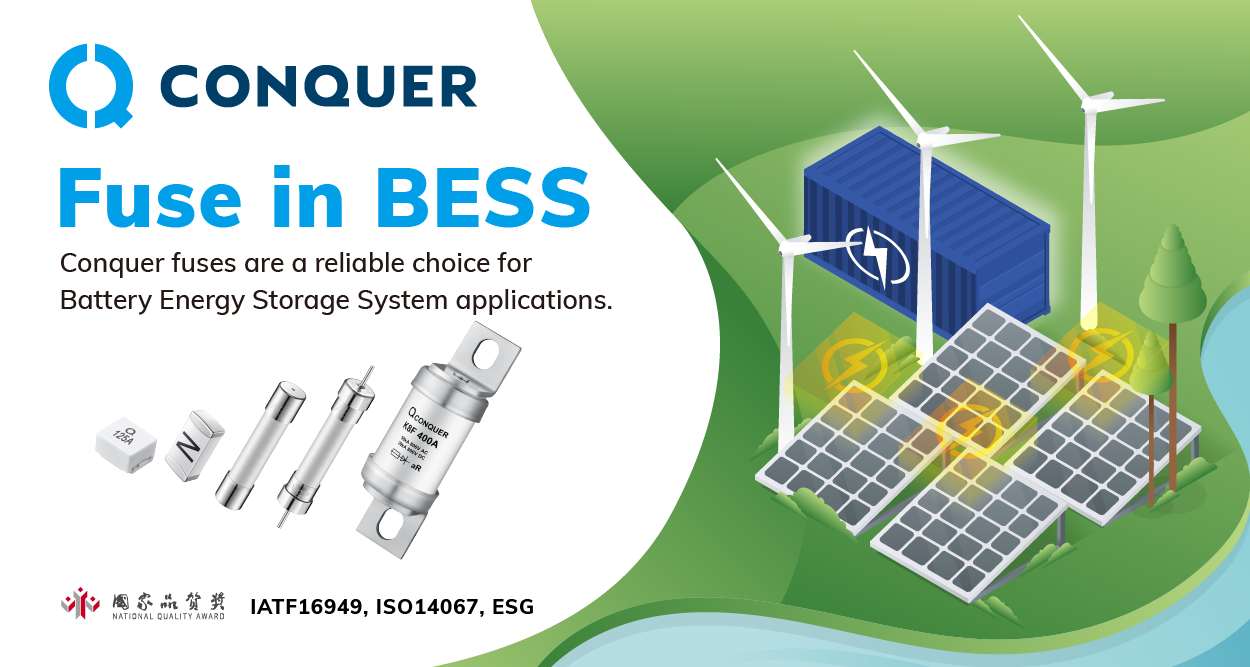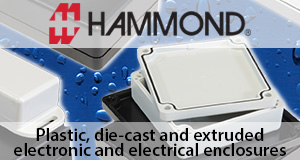There is a lot of buzz around the future of mobility. Increasing global temperature, stricter norms for emission, and increasing fuel prices have created a demand for a new drivetrain. A drivetrain based on cleaner fuel and more efficient than the existing fossil-fuel-based drivetrains.
To meet the demand, engineers and automakers are designing and developing new solutions. They are combining the existing drivetrain with a battery source or using alternates of fossil fuel, like biodiesel or ethanol; or ditching the existing drivetrain for one based on battery or Hydrogen.
On the one side of the spectrum, there are Hybrid powertrains with either advanced internal combustion engine technologies and low levels of electrification, or with high levels of electrification combined with simpler internal combustion engines. There is another class of Flex engine. These engines can run on a mixture of petroleum and Ethanol/Biodiesel or Ethanol/Biodiesel alone. These hybrid vehicles still have a certain amount of emissions. In total, they are less polluting than their internal Combustion based counterparts.
Zero-tailpipe emission:
Another option is based on zero-tailpipe emission. These include battery-electric vehicles and fuel-cell electric vehicles.
All these alternatives have significant disadvantages attached to them. Disadvantages include high cost, safety and erratic supply of raw materials, etc. However, automakers are experimenting and coming out with newer options now and then.
The government is giving subsidies for electric vehicles in that way EVs are price competitive. Lithium supply for batteries and battery range are areas of concern. Additionally, a large portion of electricity is being generated from burning fossil fuel which is again defeating the purpose of zero-tailpipe emission. Alternate fuels suffer due to an erratic supply of raw materials to produce them. Safety and cost are huge concerns with Hydrogen.
Auto Expo 2023:
This January Greater Noida hosted the 16th edition of Auto Expo. One peculiar thing noticed in this year’s Auto Expo was major automakers giving it a miss. Many attributed the lack of clarity on the technology that will dominate the future of mobility as the reason. A few Automakers like Tata and Hyundai launched their electric vehicles but many were also limited to showcasing the concept of their future cars.

There was a pavilion on clean fuel technology at the Auto Expo. Passenger vehicle makers such as Maruti Suzuki and Toyota Kirloskar Motor along with two-wheeler majors TVS, Hero MotoCorp, Bajaj Auto, Honda Motorcycle, Yamaha, and Suzuki motorcycle displayed their working prototype of flex-fuel vehicles. These vehicles can take a range of ethanol blends varying from 20-85 percent.
The mobility industry is going through a transition. Automakers are divided on technology but they are not ditching one technology completely over the other. The automobile aftermarket which is completely dependent on the automakers is also struggling with the products and services that will be in demand in the future.
Aftermarket:
Major players in the automobile aftermarket like Steelbird have chosen to go in a neutral way. They are shielding their products and services from getting impacted by the technology that will lead the future of mobility.
Speaking about the whole scenario and the impact of transition on the business, Manav Kapur, Executive Director, Steelbird International says, “About 70% of our business is EV neutral that could not be impacted with EVs, Fuel Cell or Flex Engine coming in. Additionally, 75% of our market is aftermarket and that would take at least 10 years to change whenever there would be a large-scale adoption of new technology.”
Further, the companies in the aftermarket think it is too early to decide on a particular technology. Manav adds, “It is too early to decide right now because the EV technology is still evolving. We do not know which kind of technology will lead the future. We will wait for a while and look for the problems that the future of mobility will have and try to solve them then.”
Electric Vehicle:
Electric vehicles are still the strongest competitor of all future mobility technologies. Aftermarket is moving with the trend but cautiously. They are targeting only those segments where the technology has penetrated and will stay. Steelbird was actively promoting its EV tyres at Auto Expo (Components) 2023 though its majority of components are EV neutral. The reason being e-Rikshaw and e-Scooters have found a significant number of takers.

Explaining the product and its requirement Manav says, “We started doing tyres in 2018 and that is when we started working on EV tyres as well. The initial torque requirement of an EV is different from that of an ICE. So, the tyre design is based on that. Secondly, we looked at the applications, for example, the e-rickshaws are using the size that has been used for the scooters whereas when it comes to a scooter and motorcycle, the tire profile is different. A scooter needs far more maneuverability when compared to the kind of flat tire for the e-rickshaws. So that is the difference what we played there and we came up with tyres with specific design for these applications.”
Moving Forward:
Overall aftermarket is more towards neutral products. From evolving technologies, they are targeting only those segments which have seen strong adoption and where there is a real problem to solve.
Talking about his strategy moving forward Manav says, “There are too many variables and parameters around the future of mobility. Subsidy, availability, and resistance from the people all need to be considered when betting on any specific technology. I think, all the technologies are here to stay. ICE will not become a dinosaur.”
“We have recently launched horns in partnership with Hella from Germany. We are getting in the products which are technology neutral they are not going to get seriously impacted by the future of mobility.” he further added.















